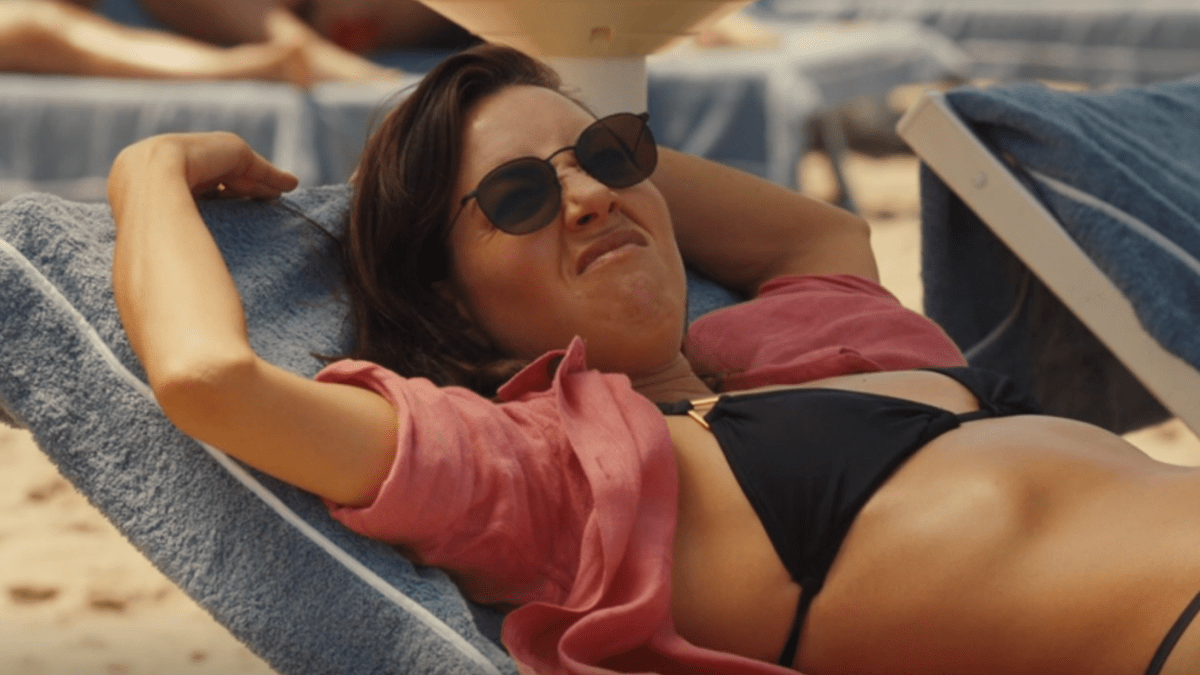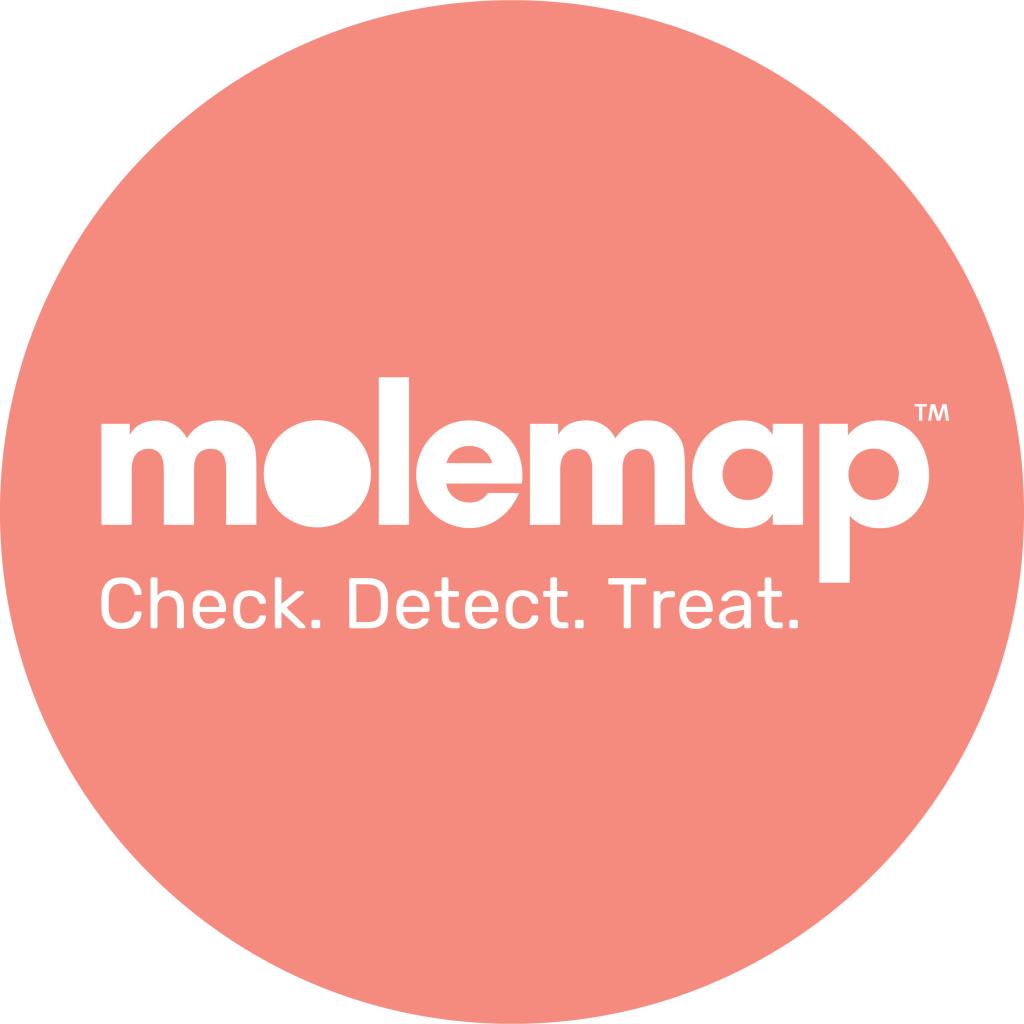

PEDESTRIAN.TV has teamed up with MoleMap Australia to help prepare you for summer.
When I was 17, I got the worst sunburn I’ve ever seen on anyone IRL. My entire back was tomato-red and it looked like I was wearing a white bikini for months. At first, I laughed, showing it off like a party trick at work, enjoying having tan lines for the first time in my pale existence until eventually, I had a skin check.
A mole on my back had changed from this one (1) burn and suddenly I was getting it cut out. Luckily, it was benign and I was fine. But for many others that’s not the case.
All Aussies know it, too — tanning is dangerous. We’ve watched the slip, slop, slap ads. We know people who have had melanomas.
Well, I’d say we all know it intellectually. We grew up in an era where tan lines were glorified — and it shows. While tanning stats have been steadily dropping in Australia since the early 00s, a national survey done by the Cancer Council in January 2019 found that 40% of adult Aussies still liked to get a suntan, 31% agreed that a suntanned person looks more healthy and 46% had tanned skin from sun exposure.
So why are we still pushing our luck?
In the early 2000s, bikini tan lines regularly made red-carpet appearances. From Jessica Biel to Rihanna, if a star wore a strapless dress, chances were, there would be tan lines.
But the most alarming thing? It’s still happening. Kendall Jenner posted an Instagram story showing her tan lines while on holiday just last week. And just last year Em Rata flogged her swimwear by doing a shoot where she wore only tan lines as a bikini top.
Sure, these aren’t “real” people like you and me. But they’re still influential and the fact that it’s all out there in the zeitgeist, getting mixed into our psyche, makes me nervous.
All we can do is remind ourselves, and each other, that there are no safe tans. It’s all skin damage.
As we head into spring and summer, it’s important to get a skin check — no matter your age, family history or risk factors. If you haven’t ever had one, or are overdue, make some time to see your GP or try a skin cancer detection specialist like MoleMap. Their leading-edge monitoring and detection technology can identify skin cancer early, and images of any suspicious moles or lesions are sent to a dermatologist for diagnosis.